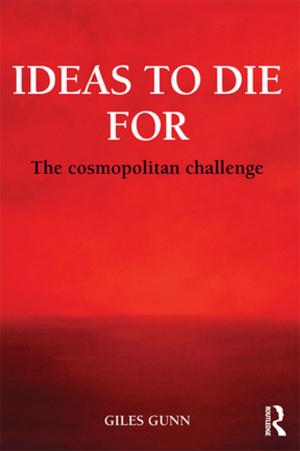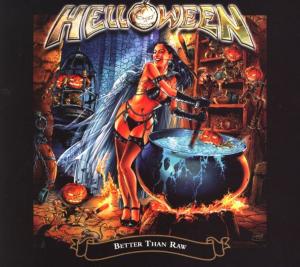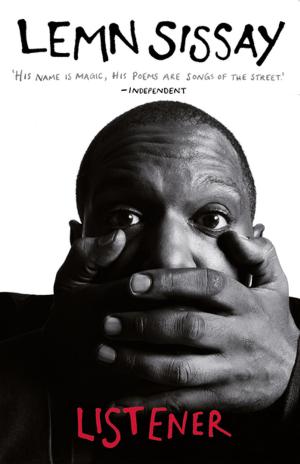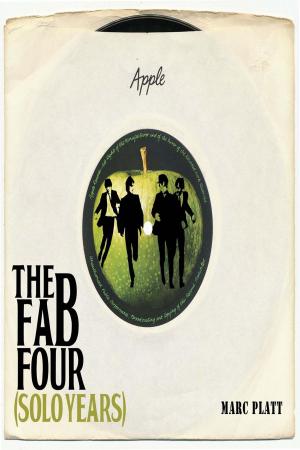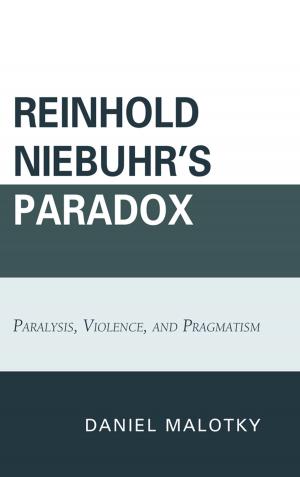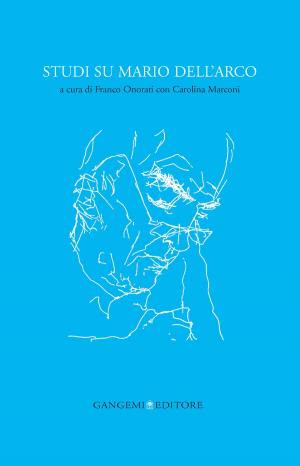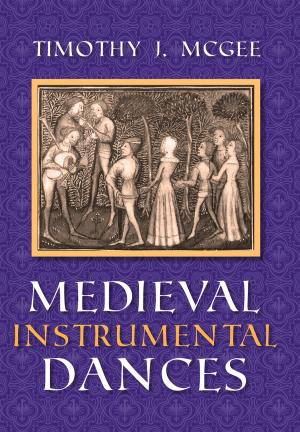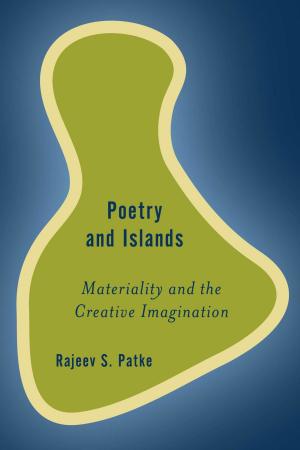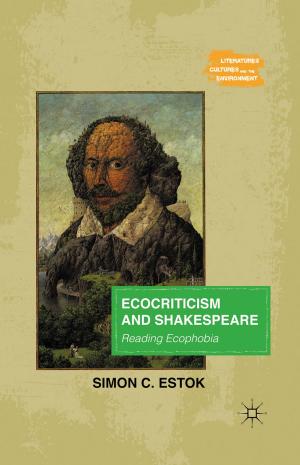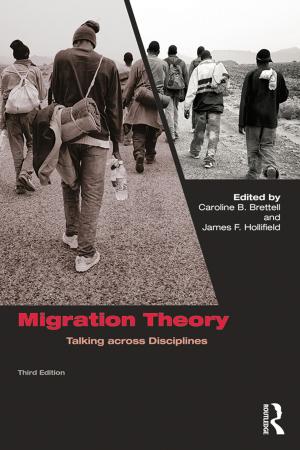Black-White Binaries of European Christianity and Colonialism
Nonfiction, Social & Cultural Studies, Political Science, Politics, History & Theory| Author: | Montayj | ISBN: | 9781370910908 |
| Publisher: | Jones House Publishing | Publication: | September 9, 2016 |
| Imprint: | Smashwords Edition | Language: | English |
| Author: | Montayj |
| ISBN: | 9781370910908 |
| Publisher: | Jones House Publishing |
| Publication: | September 9, 2016 |
| Imprint: | Smashwords Edition |
| Language: | English |
The focus and aim of this research is to highlight the implementation of a black-white binary system by European society created in order to establish a superior white and inferior non-white individual. The structural setup of this system, or better yet its execution was done through strategic, vulture-like acts by foraging imperialists. It entails the appropriation of and the deflection of original, innate cultures, religions, resources, and traditions that Europe lacked, then twisting what was appropriated and making it unnatural. In other words, everything black or associated with the color black, whether it is by itemizing inanimate objects, theoretically speaking, or racialized, suffers from artificial stigmata. These ideas are interwoven into Chinua Achebe’s Arrow of God, Ngugi wa Thiong’o’s The River Between, Maryse Condé’s I, Tituba, Black Witch of Salem, William Well Brown’s Clotel; or the President’s Daughter, and Nella Larsen’s Quicksand, through the dynamics of colonialism and religion. Within, I tackle the definitional and categorical images of the two binary colors, black for evil and white for good, the root of these images, and their caustic purpose to dehumanize the non-white individual, particularly the African. I reveal the simplicity of the binary system and its lasting psychological effects on the African and African descendant while attempting to analyze Euro-Christianity’s role in the continuation of the color symbols, especially as it relates to literature from the Continent and Carribeans in response to colonialism, Christianity, and slavery. Topics I explore regarding effect include a visual of how Euro-Christianity affects the relationship between the African male and female, whether or not Euro-Christianity erodes or prospers African traditional religions and culture, how the psychology of colonialism affected African and African descendants’ view of the world around them, how the myth of Ham fit into slavery and its biblical credibility, as well as the confusion caused when two dissimilar worlds, white and black, are crossed. Furthermore, I explore the idea of the tragic mulatto in antebellum and post-bellum American society and their quest for identity, existence, and belonging. Finally, I offer suggestions on how to overcome the psychological phenomenon and the tragic effect of the black-white binary system.
The focus and aim of this research is to highlight the implementation of a black-white binary system by European society created in order to establish a superior white and inferior non-white individual. The structural setup of this system, or better yet its execution was done through strategic, vulture-like acts by foraging imperialists. It entails the appropriation of and the deflection of original, innate cultures, religions, resources, and traditions that Europe lacked, then twisting what was appropriated and making it unnatural. In other words, everything black or associated with the color black, whether it is by itemizing inanimate objects, theoretically speaking, or racialized, suffers from artificial stigmata. These ideas are interwoven into Chinua Achebe’s Arrow of God, Ngugi wa Thiong’o’s The River Between, Maryse Condé’s I, Tituba, Black Witch of Salem, William Well Brown’s Clotel; or the President’s Daughter, and Nella Larsen’s Quicksand, through the dynamics of colonialism and religion. Within, I tackle the definitional and categorical images of the two binary colors, black for evil and white for good, the root of these images, and their caustic purpose to dehumanize the non-white individual, particularly the African. I reveal the simplicity of the binary system and its lasting psychological effects on the African and African descendant while attempting to analyze Euro-Christianity’s role in the continuation of the color symbols, especially as it relates to literature from the Continent and Carribeans in response to colonialism, Christianity, and slavery. Topics I explore regarding effect include a visual of how Euro-Christianity affects the relationship between the African male and female, whether or not Euro-Christianity erodes or prospers African traditional religions and culture, how the psychology of colonialism affected African and African descendants’ view of the world around them, how the myth of Ham fit into slavery and its biblical credibility, as well as the confusion caused when two dissimilar worlds, white and black, are crossed. Furthermore, I explore the idea of the tragic mulatto in antebellum and post-bellum American society and their quest for identity, existence, and belonging. Finally, I offer suggestions on how to overcome the psychological phenomenon and the tragic effect of the black-white binary system.

